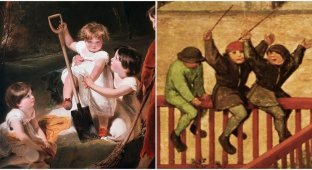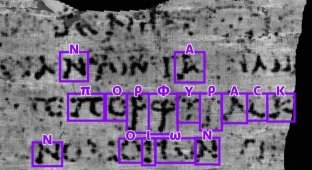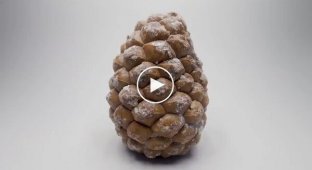Do you know what POG on chips means? (3 photos)
They were one of the most popular games of the 1990s. At that time, almost every children's room had pogs/chips/hundreds/caps. The ones with the mysterious abbreviation POG were especially prized. 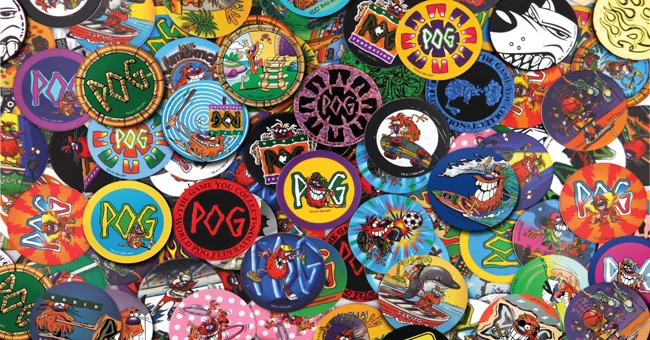
Round plates with different characters were almost a currency - they were bought and exchanged. Now, when you can get a lot of money for POGs on online platforms, people are beginning to understand what this word is.
POG stands for passionfruit, orange, guava. This was the name of a juice produced by Haleakala Dairy in Hawaii in 1971, the logo was printed on the caps of the products.
Locals began playing with the juice caps, thus starting the future wave of popularity. A special role is attributed to the teacher Blossom Galbiso, who in 1991 began using pogs to teach children arithmetic. 
By the way, the original name of the game is Milk caps. There is also a Japanese equivalent, the menko, which originated in the Edo period.
By 1992, Canadian packaging company Stanpac Inc was churning out millions of lids weekly for Hawaii. The craze soon spread to California, Texas, Oregon, and Washington, and then across the United States and the world. 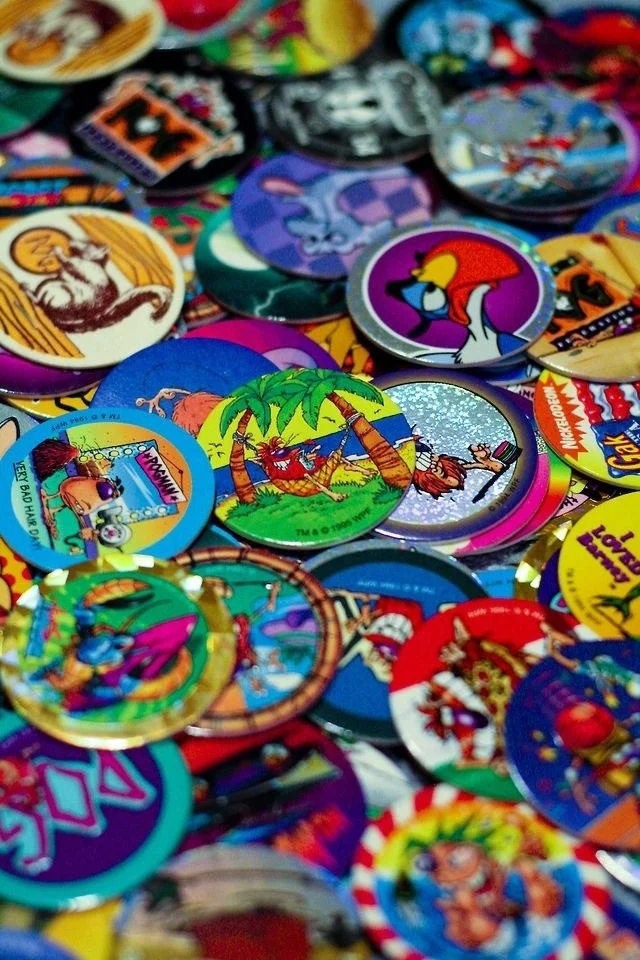
These days, pogs have gone up in price, reflecting the trend for retro items. If you have any left over from the 1990s, check to see if they were limited editions.












